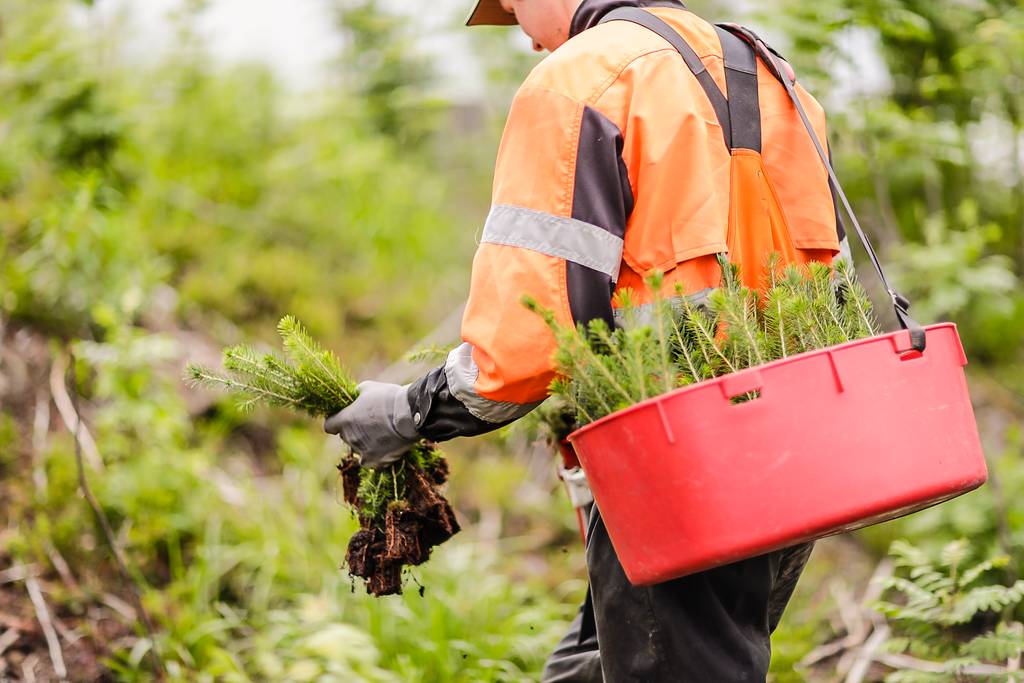Wood creates high quality green jobs
From green jobs in the forests to skilled labour at the construction sites, wood construction creates a range of quality jobs. In Europe alone, 2.1 million people are working directly in the forest-based sector and forest-based value chains support 4 million jobs in the green economy. The timber industry, throughout the whole value chain, creates high quality green jobs and supports local economies.
Strengthen the economic development of rural areas
Forestry and woodworking economic activities are often concentrated in rural areas where forests are located. Wood construction stimulates the economic development of rural regions, creating opportunities for people in the local communities, helping to reduce rural-to-urban migration. Sustainable economic growth supports long-term development of local communities, which also benefit from improved infrastructure, services and educational opportunities.
Carpentry and woodworking are cultural heritage
Timber construction and wood working are based on traditions that are deeply rooted in local culture. This is true in the many regions across Europe, which have historically developed alongside forestry and the use of wood. Carpentry and timber construction are also a central part of many cultural heritage buildings in Europe. These traditions are still alive in many communities and continue to be a source of education and inspiration for new generations, now boosted with new digital technologies and tools. Building with wood strengthens these traditions and cultural identity by connecting them to the high technological level of today´s industry.
Healthy living space that increases well-being
Wood is a natural material that feels warm and friendly to the touch and which many people find pleasing to look at. Studies indicate that visual wooden surfaces have a positive impact on health and well-being. The main benefits include increased concentration, reduction of stress levels, reduction of allergies and many others. According to studies, students in schools may increase their level of performance and reduce conflicts. Surrounding ourselves with beautiful natural materials may create a positive impact on the health of a community, improving the quality of life and well-being.
Minimize construction disruption for local communities
Timber construction, especially when implemented with prefabrication, generates a significantly reduced level of disruption to the surroundings compared to construction with heavier materials. Due mainly to the lower weight, a timber structure requires roughly 1/10 of the transports than a comparable mineral based one. This means less traffic and deliveries to the building site. It also reduces the noise, the space required, and the time needed to construct a building, as well as minimize the production of dust on building sites. By building with wood in urban areas, the disruption to local communities and activities are minimized, which becomes particularly important in densification and re-development of consolidated urban areas.


